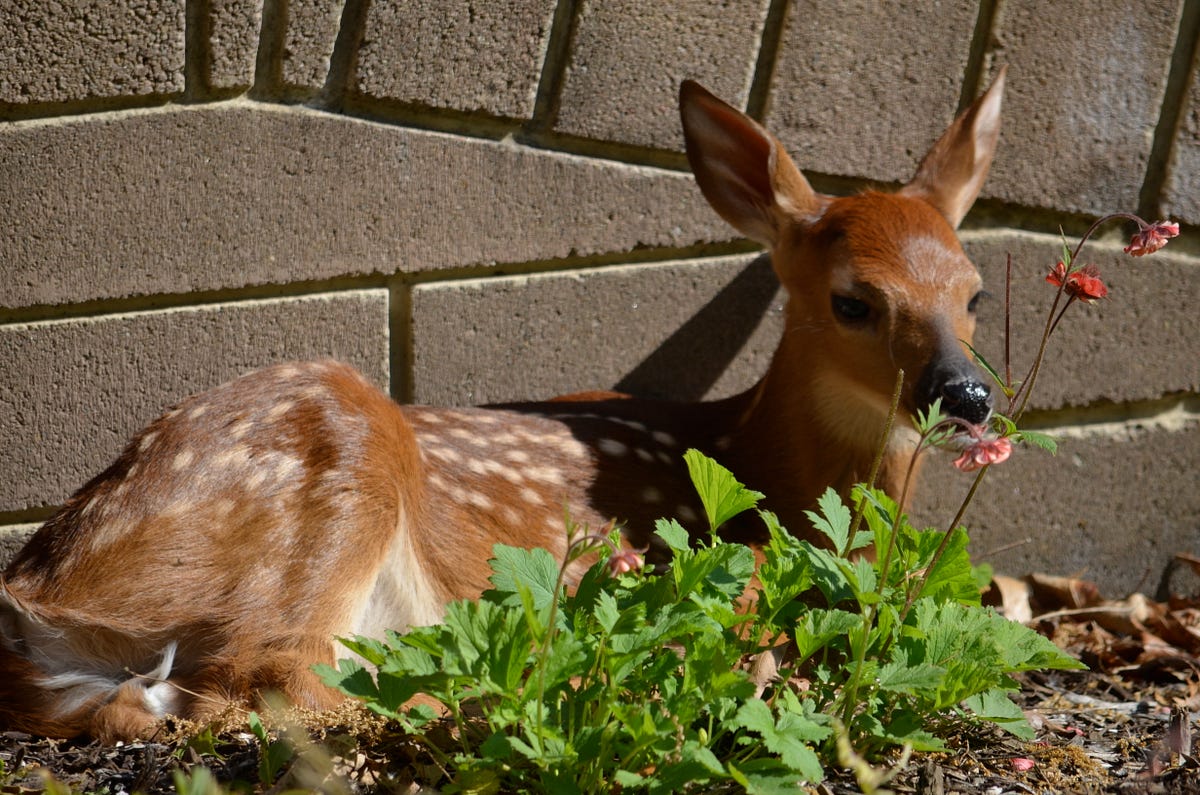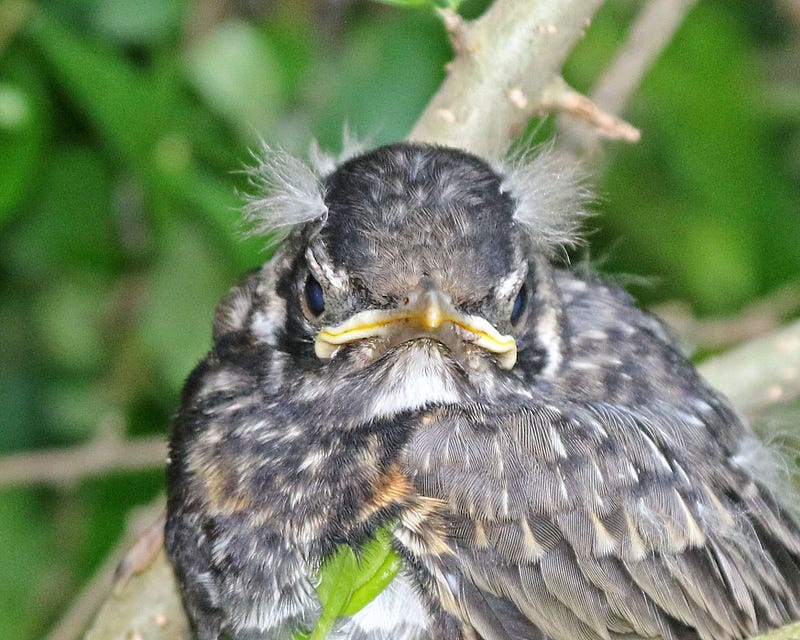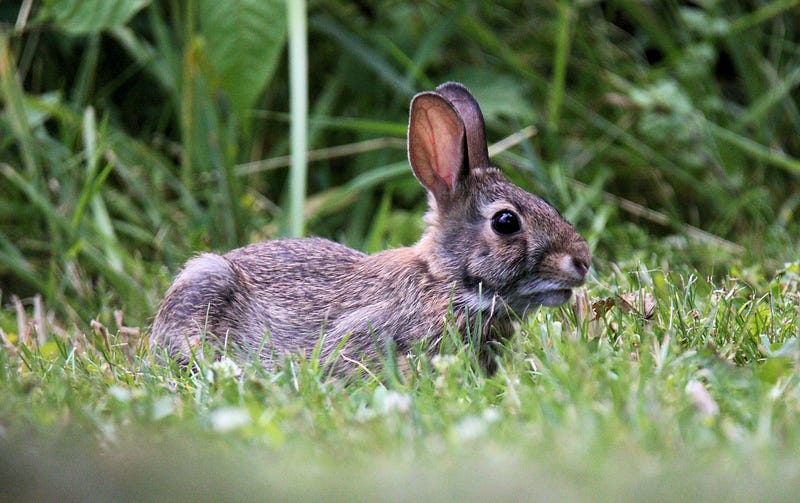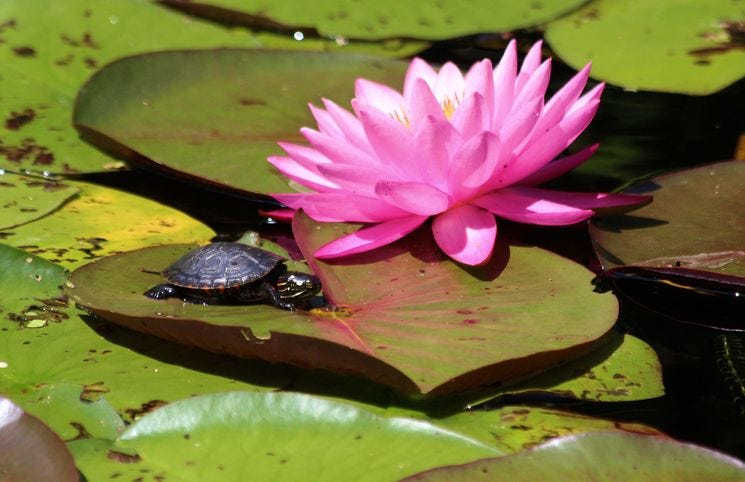Stephanie Walton, Chief of Marketing & Communications

It’s baby time for Mother Nature! Now that spring has technically arrived (though it still may be awhile before it feels that way), all kinds of animals will be busy tending to their young. As more of us head outdoors to take advantage of the improving weather, we’re quite likely to encounter some of these babies — oftentimes right in our own back yards. Animals frequently leave their offspring unsupervised for long periods of time, so how do we know when to let them be and when they might need our help?
“Generally speaking, it’s best to leave animals alone, even babies — keep wildlife wild, as we like to say,” explains Summit Metro Parks Interpretive Naturalist Nikki McClellan. “However, there are some general guidelines to help us understand when we may need to step in.”
The park district receives the highest number of calls regarding baby birds. McClellan advises that birds learn to fly from the ground up, so while we might expect young birds to be safely tucked into their nests, they can be often seen hopping around down below. Never fear — these birds are simply trying out their wings and don’t need our assistance.

However, baby birds found on the ground that don’t appear to be learning to fly should be placed back in the nest if they have feathers. If the nest is too high or has blown away, the bird can be placed in a shallow basket made of natural materials. Locate the basket as close as possible to the original nest and monitor the area to ensure the parents return.
“Many people are worried that adult animals will reject a baby that has been touched by humans, but fortunately that’s a myth,” says McClellan. “Their motherly instinct is too powerful.”
Baby birds without feathers should always be placed in the original nest because a makeshift nest is too cold. In cases where the parents have not returned or the bird cannot be placed in a nest, rescuers should call a licensed wildlife rehabilitator for professional advice.

Rabbits are another baby animal commonly spotted this time of year. Mother rabbits often leave their nest unattended because predators are attracted to the adult’s scent. If you find a rabbit nest in your yard or in a park, the opening can be covered with natural materials, such as grass clippings, and children and pets should be kept away. The mother will not return while humans are nearby, so in cases where there is concern the nest has been abandoned, place a piece of yarn or string across the opening and check back to see if it has moved. And don’t worry, the baby bunnies won’t stay more than a few weeks — once they are furred, their eyes are open and their ears are erect, they are capable of caring for themselves.
Much like rabbits, deer also leave their young unattended in order to protect them from predators. “Fawns are born unscented, so the doe will often hide the baby as best she can while she is out and about looking for food,” says McClellan. “Finding a lone baby deer in the woods or in your yard is rarely cause for alarm.”

Some other tiny animals we might encounter in the springtime are turtles and opossums. In both cases, the animals are mature enough to fend for themselves while they are still quite small, so it’s very tempting to “rescue” them when found. While opossums can sometimes fall off while hitching a ride on mom’s back, ones over seven inches long (not including the tail) will survive just fine on their own. The same is true for turtles as small as a quarter.
A final tip to keep in mind, whether walking a park trail or a neighborhood sidewalk, is that animals will be more territorial and protective when they are caring for young. Therefore, animals that would normally be quite skittish may stand their ground a bit more firmly this time of year. In springtime and year-round, remember to keep dogs on a short leash and give wildlife the space it requires to thrive.
This article was originally published by Leader Publications on March 21, 2019 and can also be viewed at www.akron.com.